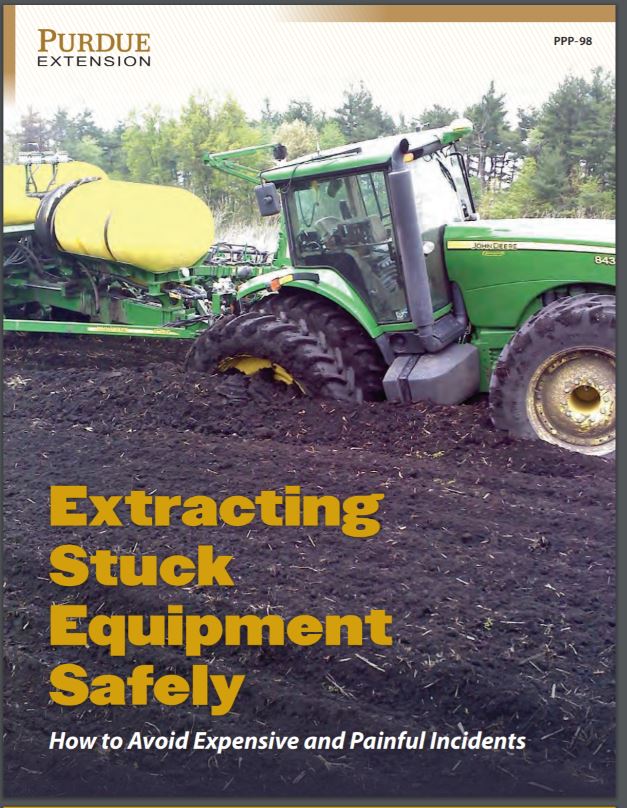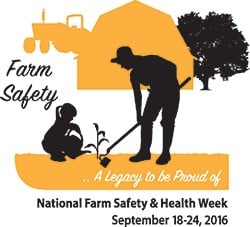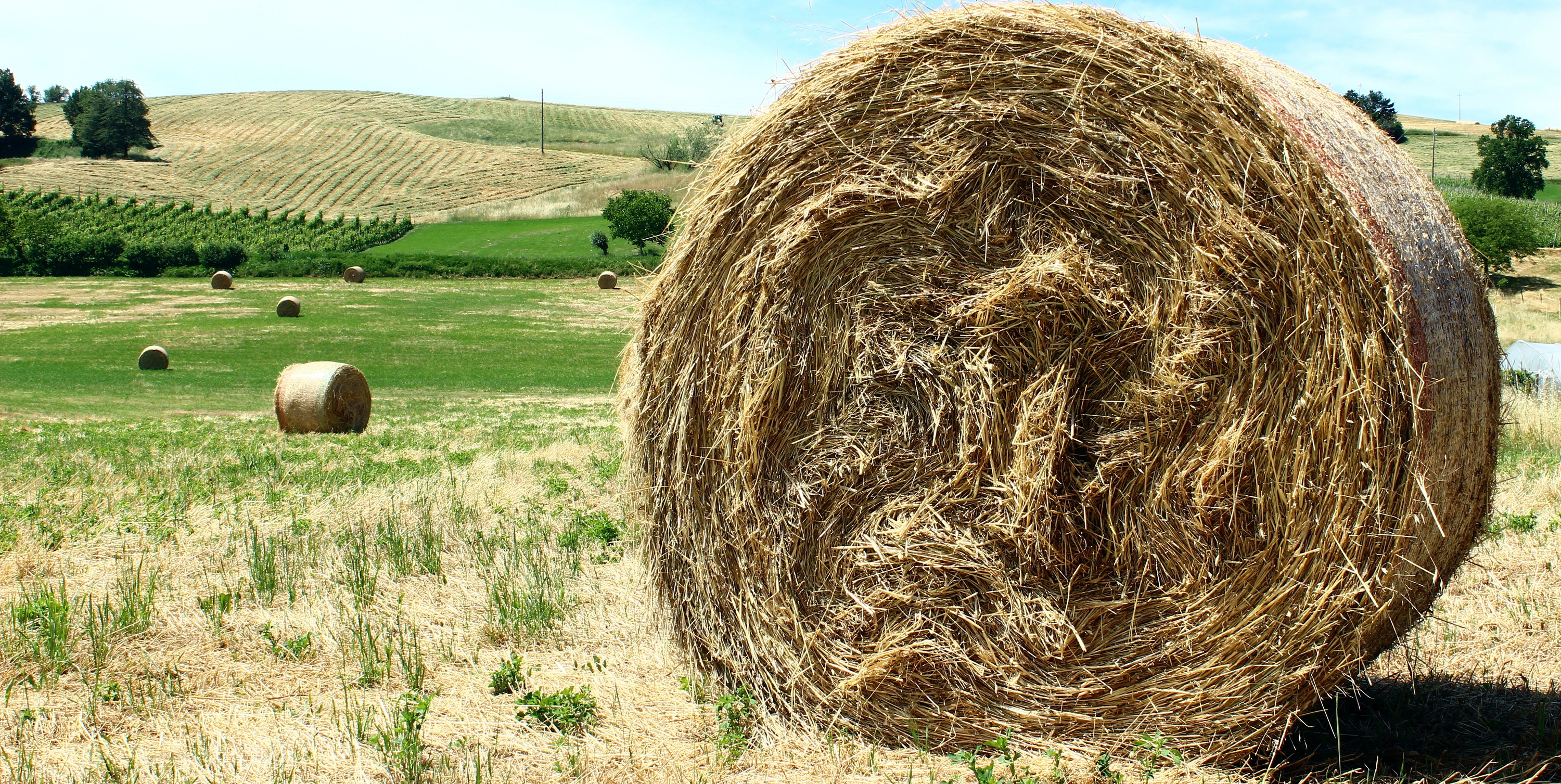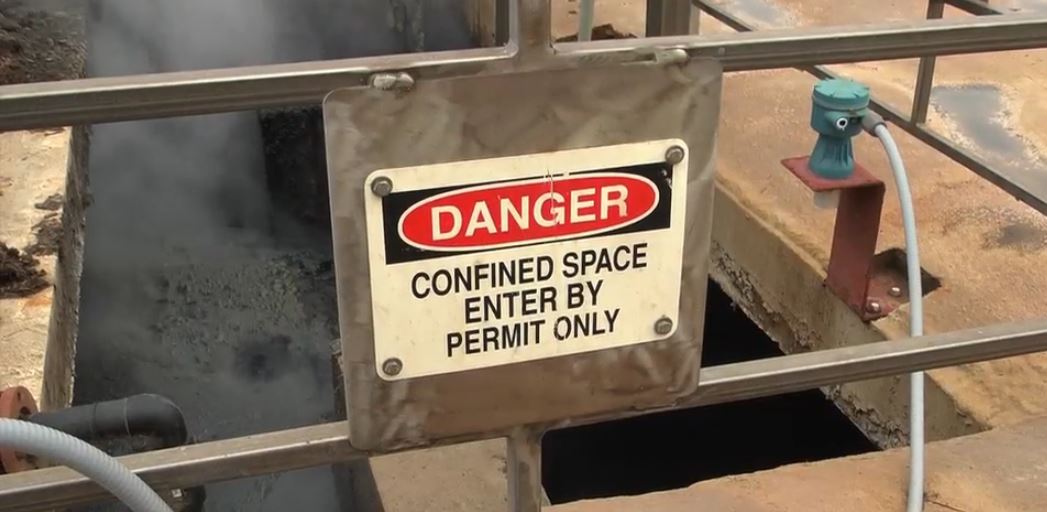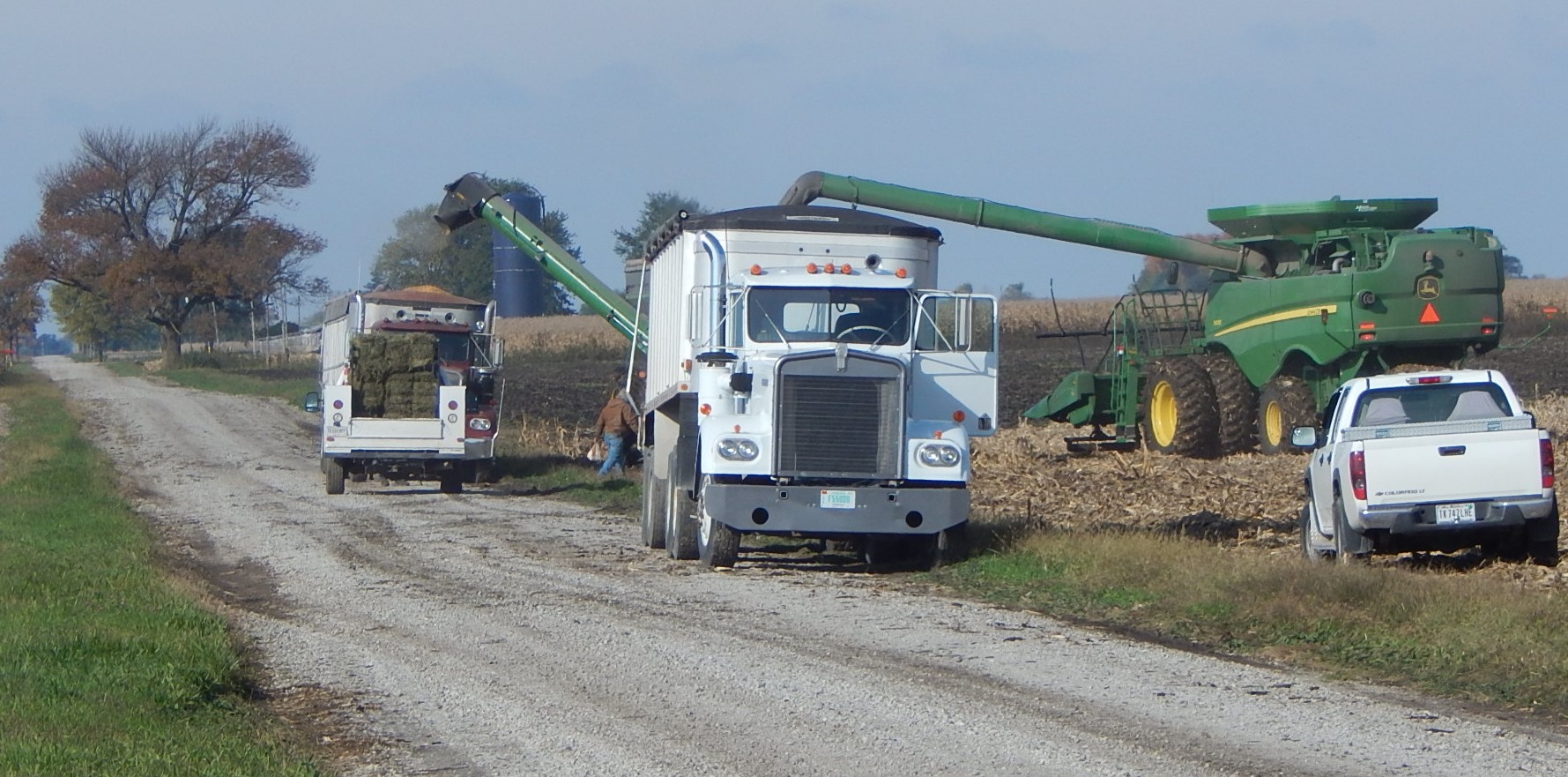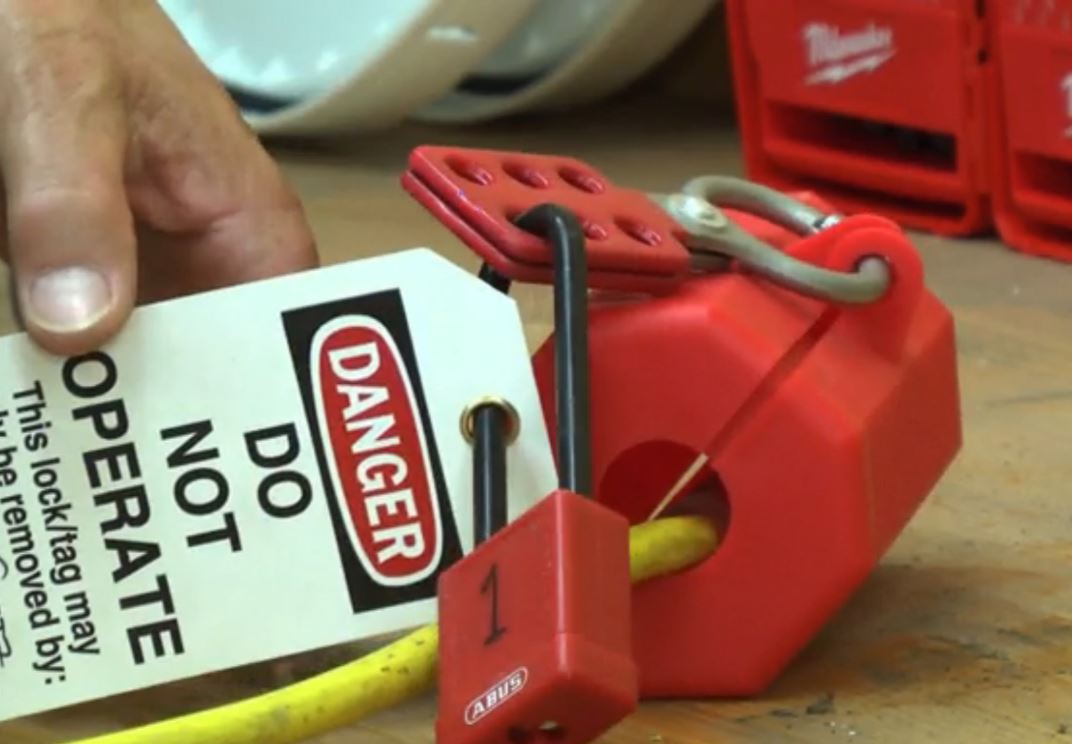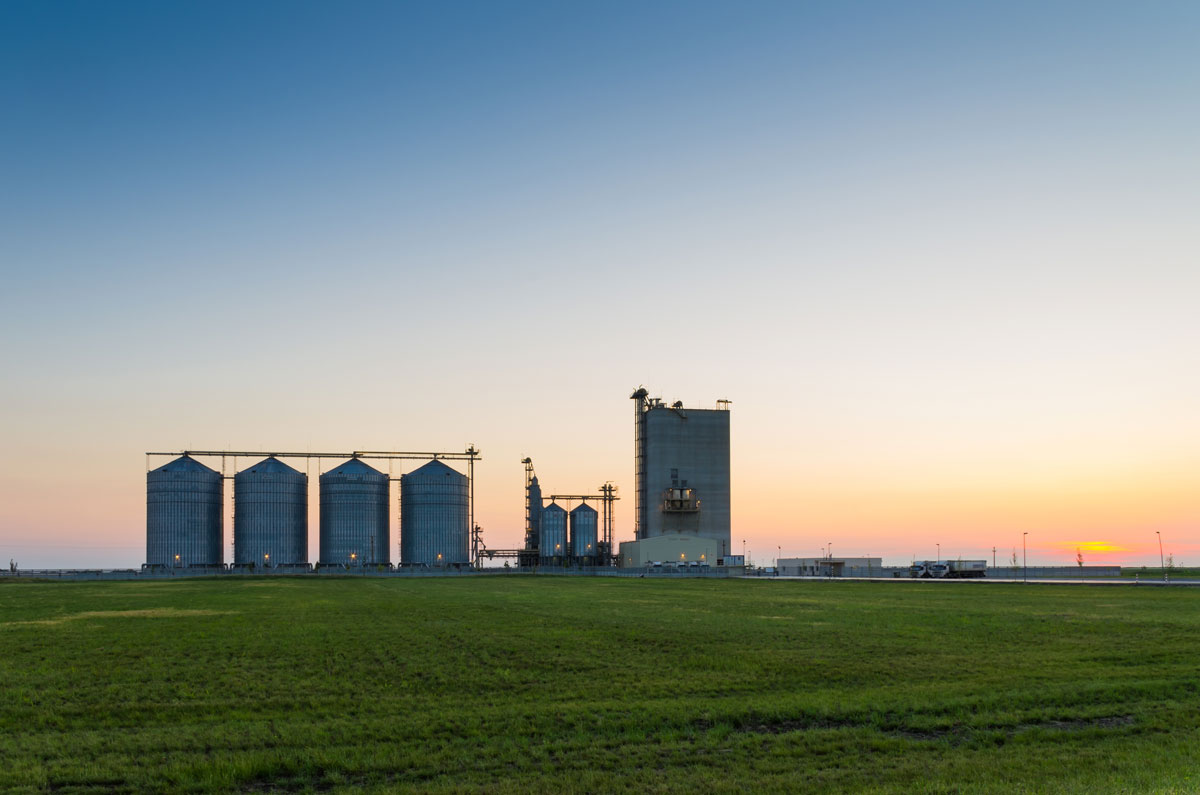Few farm experiences compare to the dread of calling a family member or coworker from the cab and telling them, “I’m stuck”. Equipment stuck in the field is a total disruption of what is already a challenging and difficult season.
Good Day's Work

Recent Posts
Topics: harvest, extracting stuck equipment
Grain bin entrapments are preventable if we follow the right procedures for entering a confined space such as a grain bin. U.S. grain stocks are at an all-time high, we are producing, moving, and storing more grain than anytime in US history. It stands to reason engulfments, injuries and fatalities may rise if we don’t make a constant commitment to basic safety measures.
Topics: confined spaces, grain bins, productivity / goals / motivation
Let’s Strive to Keep Children SAFE on the farm and with “A Legacy to be Proud of!”
The International Society for Agricultural Safety and Health (ISASH) devotes Wednesday of Farm Safety and Health week to keeping children on farms, ranches and in rural areas safe and healthy. Let’s leave our children with “A Legacy to be Proud of!”
Sadly, the statistics are devastating! On average, every day 3 childrren die and 33 children are injured due to agricultural-related incidents. Protecting our future generation needs to be a top priority! Following these 3 tips can help protect our future generation of farmers.
Topics: farm, special cases
Next week, while farmers continue or begin harvest, we pause and reflect on the importance of safety on farms and farm-related businesses. Although we believe that farm safety should be preached every single day, it’s important to help our industry advocate continually for safe agriculture practices.
Topics: agriculture, events & activities, farm
NEXT WEEK IS NATIONAL FARM SAFETY WEEK: SEPTEMBER 18TH THROUGH 24TH
Good Day’s Work is excited to celebrate National Farm Safety Week this year, and we hope that you will do what you can to join us in our mission to promote a safer environment in agriculture. Farm injuries and fatalities are preventable through education, and this awareness week serves as a good reminder to rural communities that agriculture is one of the most dangerous occupations in the U.S.
The theme “Farm Safety…A Legacy to be Proud of ” reminds local and rural communities that agriculture is one of the most dangerous occupations in the U.S. The most recent data from the U.S. Department of Labor indicates that in 2014 farming accounted for 568 fatalities, with an estimated 70,000 injuries.
Topics: agriculture, events & activities, farm
Now is a great time to assess manure pit dangers and bone up on identifying hazardous gases as fall approaches. Many deaths happen late summer and fall when crops come off and producers are emptying pits. Everyone who works in or around manure storage (tanks, pits & lagoons) should understand manure gas hazards. A good resource for information is the Great Plains Center for Agriculture Health fact sheets at www.gpcah.org.
Topics: hazard communication, manure pit
During harvest, you have a huge amount of work to do within a very short window of time. Put yourself in the best position possible for a safe harvest season by being prepared. Here are some safety tips to think about before harvest and field operations.
Agriculture Safety Training and Respiratory Protection Equipment.
A farm—like any other industrial workplace—has its fair share of respiratory hazards that place employees at risk. Some agriculture safety hazards, primarily when transferring or mixing chemicals, involve exposure to dangerous gases, while others, such as grain bins, feed mills, livestock areas or confined spaces with poor ventilation, represent hazards that can naturally cause serious breathing difficulties.
Topics: air/respiratory, agriculture, personal protective equipment (PPE)
Harvest is a time when many different types of powered equipment will be used and will need to be serviced and repaired. If you’re the person responsible for servicing or repairing a piece of equipment, you want that “peace of mind” knowing that nobody could accidently startup the equipment while you’re working on it. There is only one way to assure your safety and the safety of employees…. that is with a Lockout-Tagout (LOTO) program.
Topics: lockout-tagout (LOTO)
Agriculture is a dangerous industry. Fortunately, there are lots of ways to make it safer. Below are a few examples of good practices that will make your operation safer.
Topics: safety culture, agriculture
